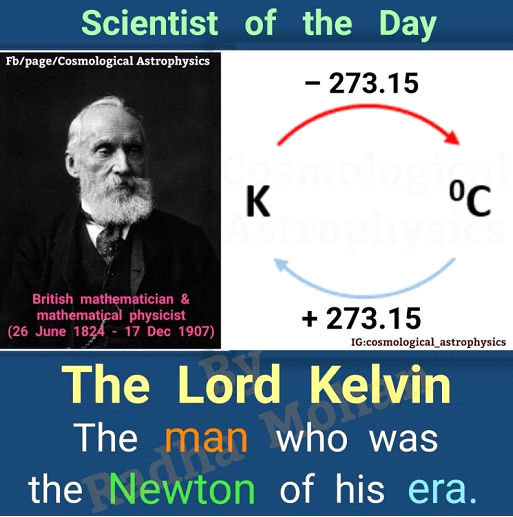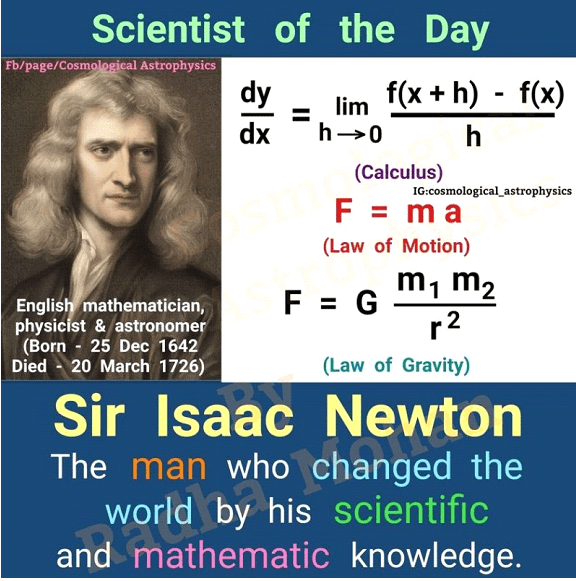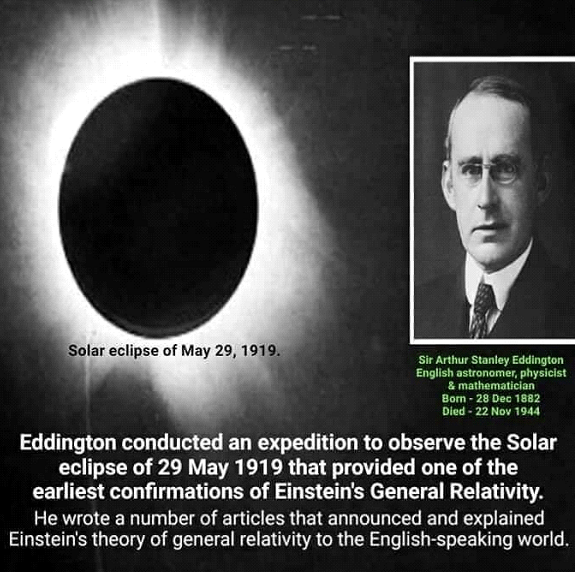Gen AI is full of promises, and there is no doubt that it can deliver on those promises. For example, McKinsey notes that Generative AI can add up to $200 bn to the banking sectors. Analysing the implications of Generative AI in the banking sector more deeply, it is bound to change work conditions and routines. For example, the job of analysts of corporate actions can be handed over to Generative AI and LLM. Generative AI can enable banks to automate the process of modelling, data analysis, and even data generation.
Unique Case of Banks and Client Relationship
Each transaction in the bank represents a unique exchange based on bespoke negotiations, principal amount, and interest rates. However, this exchange between banks and their clients is not interpersonal, but it’s an “A-Personal” relationship. It depends on the lending model that requires the input of data. Therefore, banks need to ensure that they exhibit great responsibility when implementing AI in their relationship with their clients.
| UK Conference of AI and Generative AI The Prime Minister’s desire to position the UK as a world leader in artificial intelligence (AI) comes a little too late. As regulating such tools requires strong IT infrastructure and skills abundance, the UK currently lacks in both areas. Some would argue that nations such as China or the USA are not ahead of us in the game, and what the UK needs is to catch up. In My opinion, the recent attempt by the UK to host a conference on AI is an attempt to self-promote ourselves as global leaders and seems a unilateral attempt to take the leadership of the processes of managing AI. However, what the UK needs is to train people and induce schools and universities to adopt maths, programming, and algorithmic thinking as compulsory subjects rather than electives. Only then can we take a lead role in governing AI. |
Why be cautious with Generative AI adaption
It can be easy to get carried away with the benefits of this, as it is much easier to envisage. For example, McKinsey’s report fails to mention the reputational and litigation costs if the models based on Generative AI suffer from compliance failures. There are several reasons for which we should be cautious when adopting Generative AI. A few of the challenges are as follows:
- The challenge is that the efficiency gained from deploying Generative AI may become a disaster if the analysts are not appropriately trained in prompt engendering, Machine Learning, and Data skills. It may result in high turnover and low worker morale. A sector that highly depends on its relationship management cannot afford to operate with a demotivated staff.
- Furthermore, generative AI can facilitate crime, namely fraud and money laundering, which may explain why banks are reluctant to embrace the technology. Generative AI may enable clients to create a fictitious financial history and records. Bogus firms can create fictional digital and paper trails, including fake websites. This can trick the banks into lending money to fake companies or even ignore crimes such as money laundering or terror financing.
- The bank-client relationship is the interaction between “the internal model” and “the subject (customer) of the model”. Therefore, the outcome is heavily dependent on the input or, in other words, the data that is used to train and test the model.
- Staff Training is also a big challenge when adopting generative AI in banks, as efficiency may be lost if the new technology makes employees feel demotivated and dull. It requires comprehensive training, prompt engineering, Machine Learning, and Data skills. It may result in high turnover and low worker morale. A sector that highly depends on its relationship management cannot afford to operate with a demotivated staff.










